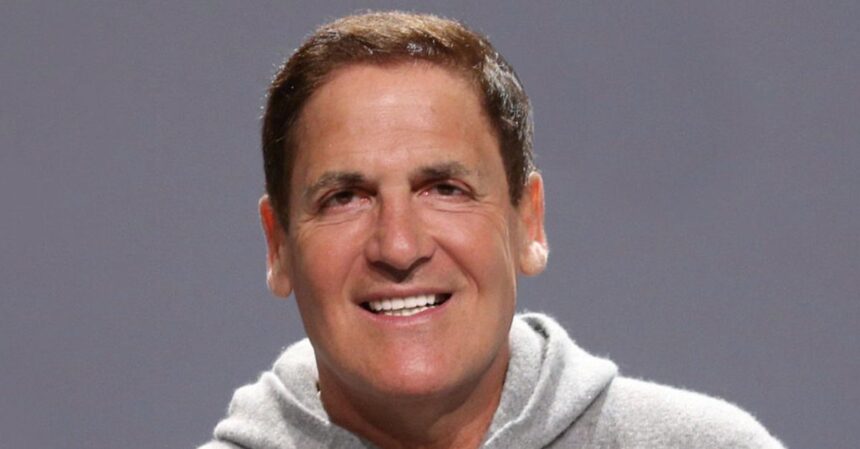As artificial intelligence continues to transform the global workforce, many individuals are confronting a new reality: job roles are shifting, entire professions are being redefined, and the skills that once guaranteed security are no longer a safeguard. But amid disruption, a new theme is emerging—personal resilience. With the right mindset and adaptability, individuals are learning to thrive in an economy increasingly shaped by machines.
AI’s influence is already being felt in industries that were once thought safe from automation. Victor Lazarte, general partner at the tech investment firm Benchmark, recently noted that AI is “not merely augmenting jobs but fully replacing them, particularly affecting lawyers and recruiters,” in an interview with Business Insider. His warning reflects growing concern among professionals across various sectors that automation is moving faster than their ability to respond.
Creative fields aren’t exempt either.
Fran Drescher, president of the Screen Actors Guild, described artificial intelligence as “an existential threat to creative professions” during recent union negotiations. Her comments underscore a broader anxiety in industries where originality and human expression were once considered untouchable by machines.
Yet even as automation accelerates, experts argue that AI does not spell the end of human work—but rather the beginning of a new era of human-machine collaboration.
Sendhil Mullainathan, an economist at MIT, encouraged a shift in perspective, telling the Wall Street Journal that AI should be seen as a tool “like a bicycle for the mind,” one that amplifies rather than replaces human potential.
Fei-Fei Li, Co-Director of the Stanford Institute for Human-Centered Artificial Intelligence, reinforced that view, stating, “Artificial intelligence is not a substitute for human intelligence; it is a tool to amplify human creativity and ingenuity.” Her remarks suggest that those who embrace AI as a complement to their capabilities may come out ahead.
Preparing for this future means cultivating resilience through uniquely human skills—creativity, emotional intelligence, and critical thinking.
Mark Cuban, entrepreneur and investor, addressed the types of roles most vulnerable to AI, telling Business Insider, “If your job is answering the question, ‘yes or no,’ all the time—AI is going to have an impact. If your job requires you to think—AI won’t have much of an impact.”
The implication is clear: workers must move beyond routine tasks and embrace roles that require depth, judgment, and strategic thought.
Even in traditionally artistic realms, creators are experimenting with AI. Postmodern painter David Salle recently described using artificial intelligence to accelerate the synthesis of visual styles, telling The Guardian, “The machine can synthesise things in a matter of seconds. This evolution in painterly terms might take years or even decades.”
For Salle, AI doesn’t replace the artist—it enhances the creative process.
As AI adoption deepens, resilience is becoming less about resisting change and more about learning how to navigate it. That means rethinking education, retraining for emerging roles, and developing mental agility to shift with the times.
The jobs of tomorrow will require individuals not just to work with machines, but to do what machines can’t: lead, empathize, imagine, and adapt.
In the end, resilience in the age of AI won’t be defined by resisting technology, but by integrating it into the fabric of human potential. As Fei-Fei Li put it, the goal isn’t to compete with machines, but to use them to amplify what makes us most human.

